
Amazing Nature
03 August 2023 ( 68 views )

Advertisements
La Palma Glass Frog
Glass frog or "see-through frog" is a unique type of frog that is named that way because of its translucent skin. There are 60 different types of glass frogs. They live in southern Mexico, in Central and South America. Glass frogs prefer life in the tropical rainforests, usually high in the treetops above the water. Certain species of glass frogs are endangered due to habitat loss. Glass frogs can be held as pets, but they require special care and climate conditions in order to survive in a terrarium.
Interesting Glass frog Facts:
Size of glass frogs depends on the species. Smaller species are usually 0.78 inches long. Larger species can reach 3 inches in length.
Body of glass frog is usually bright green or olive green in color. It can be covered with black, white, blue or green spots. Belly of glass frog is covered with translucent skin.
Glass frogs are important part of the ecosystem because they keep the number of insects under control.
Due to their small size, glass frogs are easy target of large predators. Main enemies of glass frogs are snakes, mammals and birds.
Glass frogs are nocturnal animals. They are most active from the dusk to the early morning hours.
Glass frogs are territorial animals. Males vocalize to alert other males that the territory is occupied. In the case that intruders refuse to go, territorial male will become aggressive and apply a force to chase unwanted males away.
Glass frogs are arboreal animals (spend their lives in the trees). They will come to the ground only during mating season.
Mating usually takes place after rainy season, or during the light showers. Female lays between 20 and 30 eggs on the underside of the leaves that hang above the water.
Male glass frogs provide parental care. They keep the eggs safe from predatory insects and parasites.
Tadpoles hatch after 2 weeks and drop into the water. Some species of glass frogs will bury themselves in the ground until they turn into adult frog. Other species undergo metamorphosis in the water.
Average lifespan of glass frog is usually between 10 and 14 years in the wild.
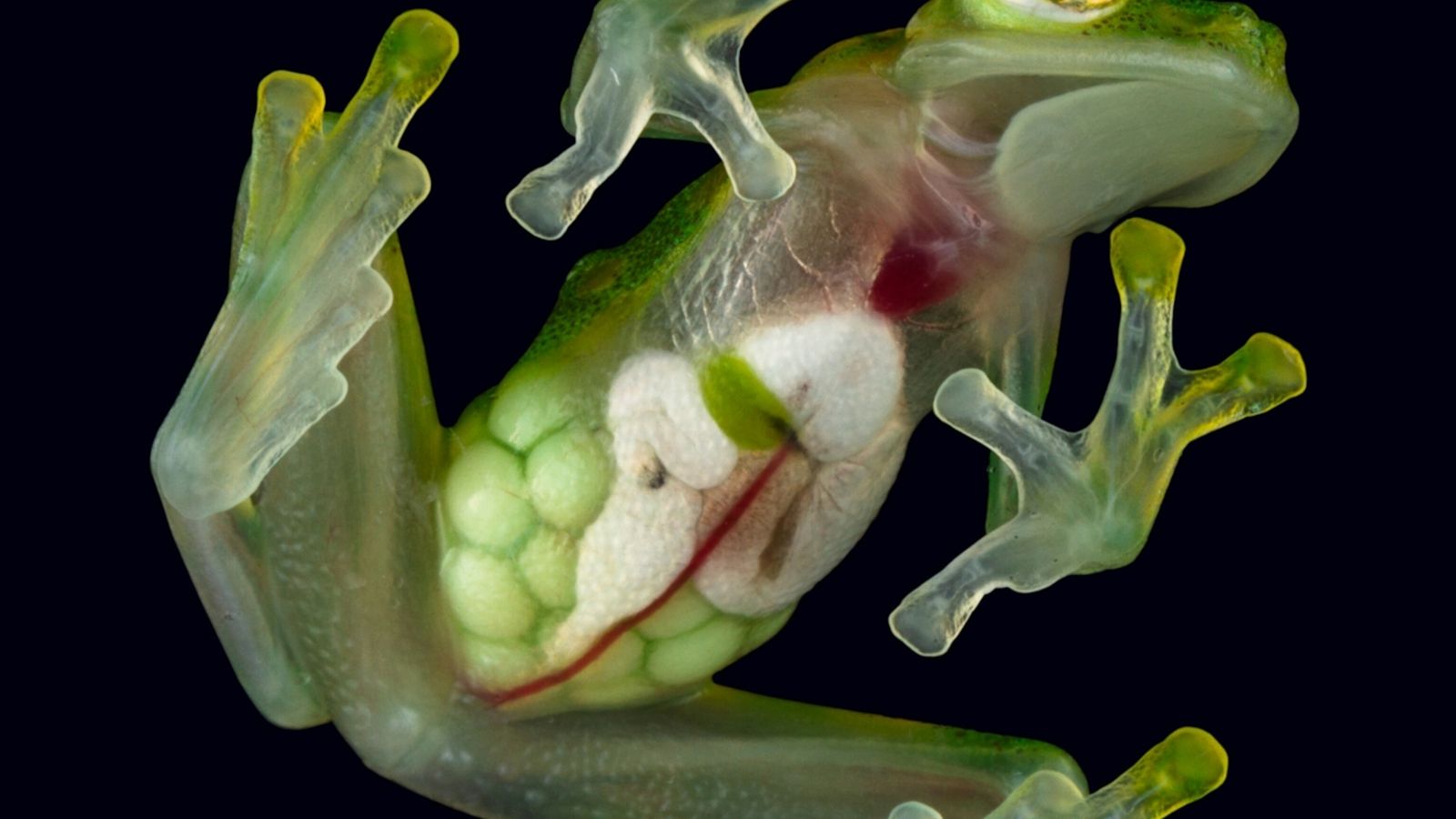
Liver, heart and intestines could be seen when the glass frog is looked from the underneath. Bones in certain species are green or white in color.
Scientists believe that specific type of skin represent a way of camouflage, preventing predators to spot glass frog easily (especially when they sit motionless on the leaves).
Glass frog can be sometimes confused with tree frog. Unlike tree frog, glass frog has large, forward facing eyes. Eyes in tree frog are located on the sides of the head.
Excellent eyesight allows easy detection of the potential prey. Glass frog is a carnivore (meat-eater). It eats insects with soft bodies and different types of spiders.
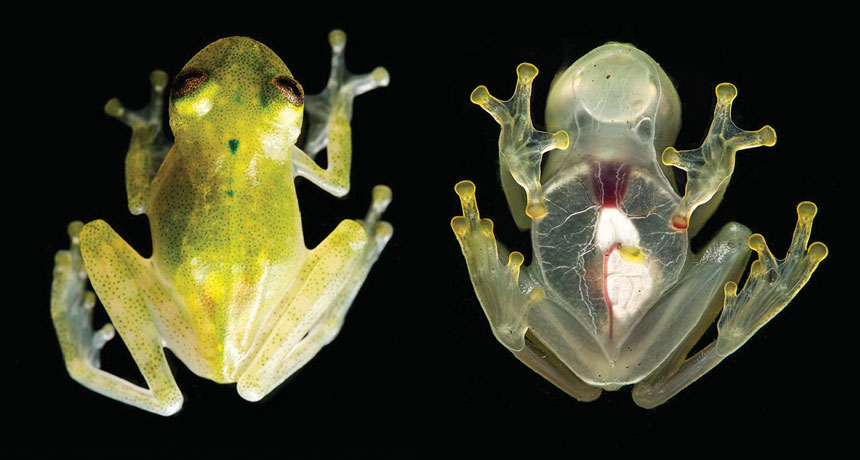
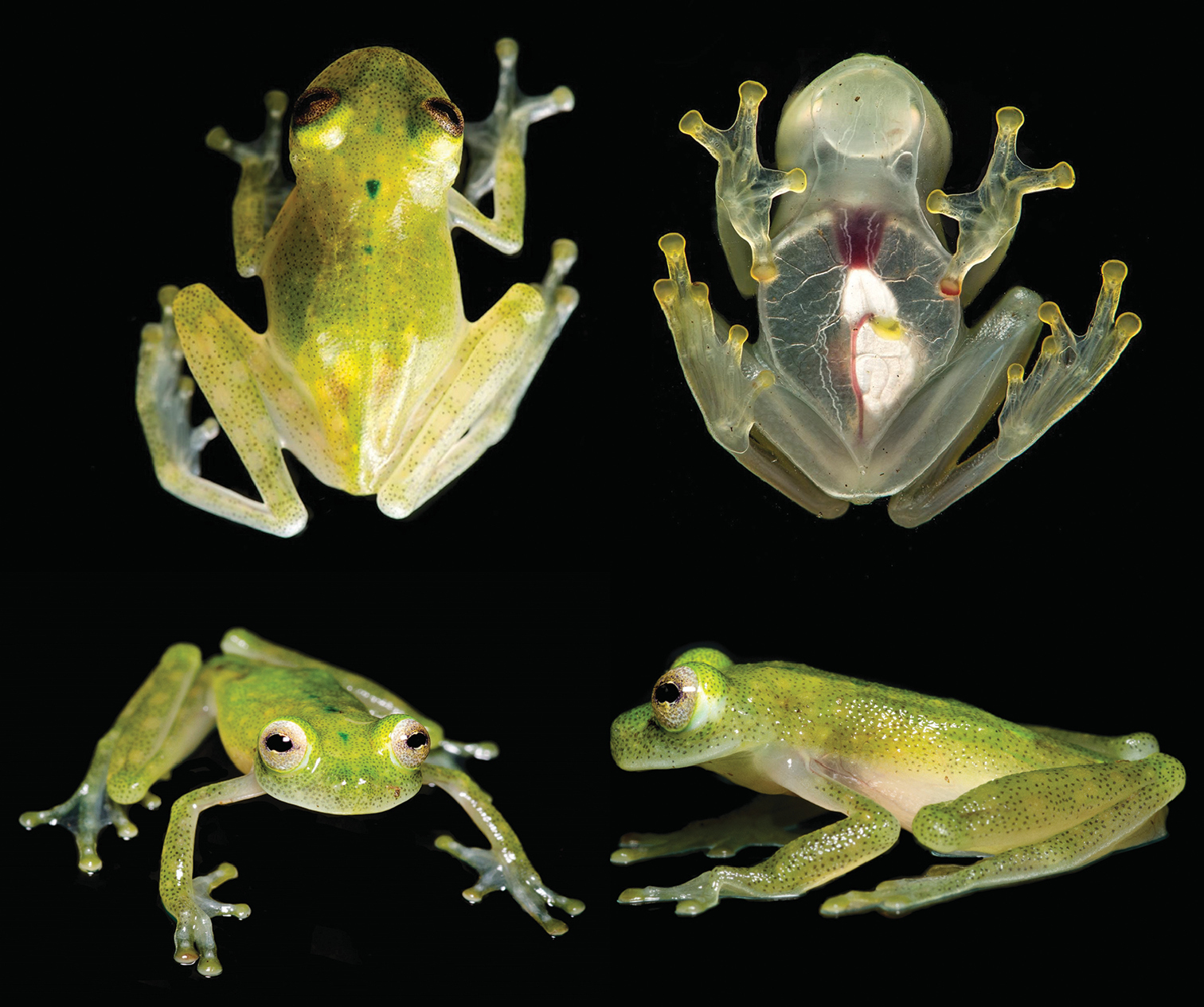
Anatomy: The northern glass frog, or Fleischmann’s glass frog, is a small tree frog that averages between three-quarters of an inch to one and a half inches (20 - 32 mm) in length. The name “glass frog” is derived from the white, translucent skin on its belly, where the frog’s beating heart and other organs are visible. Elsewhere, its skin is generally pale green with small, yellow suction pads on its fingers and toes. The frog has a short snout and gold irises. Like many other species of glass frogs, the northern glass frog is nocturnal and spends its days hidden under leaves and among branches. At night, it ventures out to hunt and search for a mate. Males emit a distinctive mating call which increases in volume as they age or become more dominant. The glass frog prefers to lay its clutch of 18 to 30 eggs on the underside of leaves or branches near running water. Males stand guard over the eggs to protect them from predators and keep them moist. When the eggs hatch, the tadpoles drop into the stream or river below, where they develop into frogs.
Habitat: The glass frog is an arboreal frog, meaning it lives almost exclusively in the trees. It’s sometimes found on low hanging branches near or around running water where it lays its eggs. The glass frog is found in humid montane forests throughout Central and South America including Belize, Costa Rica, Colombia, Guatemala, Honduras, Mexico and Panama.
Diet: While little is known conclusively about its diet, it is believed to be similar to the diet of many small frogs, consisting of flies, spiders and other small invertebrates.
Threats: The Northern glass frog is one of the most abundant species found in Central and South America. However, due to its arboreal nature, habitat loss from deforestation and human activity is a threat.
How You Can Help: By providing communities and businesses with economically viable alternatives to forest destruction, the Rainforest Alliance is helping them to ensure the health and survival of wildlife habitats and the plants and animals that depend on them. With your help, we can reach a tipping point in favor of forests and the people and wildlife that depend on them.
Habitat: The glass frog is an arboreal frog, meaning it lives almost exclusively in the trees. It’s sometimes found on low hanging branches near or around running water where it lays its eggs. The glass frog is found in humid montane forests throughout Central and South America including Belize, Costa Rica, Colombia, Guatemala, Honduras, Mexico and Panama.
Diet: While little is known conclusively about its diet, it is believed to be similar to the diet of many small frogs, consisting of flies, spiders and other small invertebrates.
Threats: The Northern glass frog is one of the most abundant species found in Central and South America. However, due to its arboreal nature, habitat loss from deforestation and human activity is a threat.
How You Can Help: By providing communities and businesses with economically viable alternatives to forest destruction, the Rainforest Alliance is helping them to ensure the health and survival of wildlife habitats and the plants and animals that depend on them. With your help, we can reach a tipping point in favor of forests and the people and wildlife that depend on them.
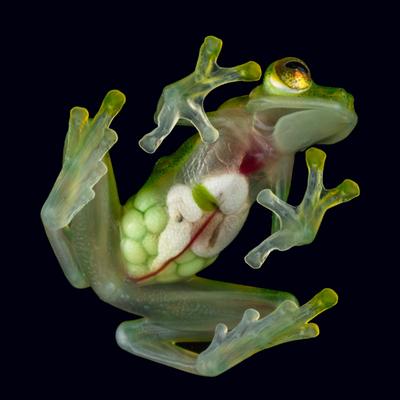 Glass frog Facts
Glass frog FactsThe glass frog is one of those bizarre and fascinating creatures in this world. Upon looking down at this amphibian, the first thing you might notice is its soft lime-green color. But if you were to turn him over, a quick glance at his abdomen would catch your attention. The glass frog’s stomach is completely transparent! Close examination of this unique creature reveals a fully visible system of organs, including the heart, liver, and full intestinal tract. Scientists believe that earlier frogs of this species evolved to have this trait for camouflage; while perched on a leaf or branch, they are extremely difficult to spot from a distance.
These frogs are very small creatures, the smaller species are about 0.78 in (2 cm) on average, while the biggest they can get is the "giant" species males which can be 3 in (8 cm). Most could easily perch on the top of a matchbox. Different species can be found in Central and South American rain forests, usually in the canopy, far above the ground. They venture lower rarely, and when they do, it is mainly for breeding. Some glass frogs, however, make their home closer to the ground in the vegetation surrounding small forest streams.
The glass frog is a nocturnal creature. During the day, it spends most of its time sleeping in the thick rain forest vegetation. In the evening, however, they are very active, spending the majority of their time looking for food. Later at night and into the very early morning is their most active time for breeding.
Males are very territorial, and will not allow another male to be in its breeding grounds. If a male enters another glass frog’s territory, the defending frog will let out a very low warning sound. If the offending male doesn’t back off, the defending frog will jump on his back in an aggressive manner, effectively chasing him away.
One unique property the glass frog boasts besides its signature translucency is the position and shape of its eyes. Commonly, they are confused with the tree frog; however, the glass frog’s eyes are very bright and forward-facing, while the tree frog’s eyes are positioned on the sides of its head. This can be very useful in differentiating the glass frog from others.
Recommended Videos
 10 Shocking Phenomena That Occur In Nature367 views
10 Shocking Phenomena That Occur In Nature367 views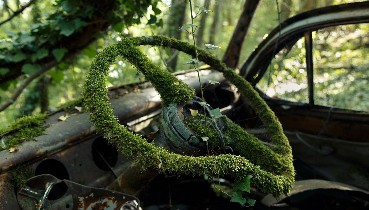 “When Nature Reclaims Its Rights”: My Exploration Through 19 Pics109 views
“When Nature Reclaims Its Rights”: My Exploration Through 19 Pics109 views-
Advertisements
 Photographer Captures Incredible Shots Of Osprey in Mid-Hunt Dive6765 views
Photographer Captures Incredible Shots Of Osprey in Mid-Hunt Dive6765 views The Winners Of The 2021 Bird Photographer Of The Year3507 views
The Winners Of The 2021 Bird Photographer Of The Year3507 views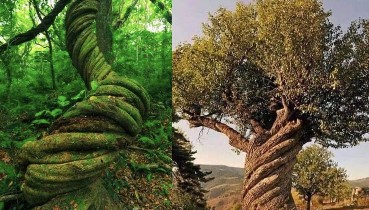 Τһе Μᴏѕt Uոіԛսеlу ΤԜіѕtеԁ Аոϲіеոt Τrееѕ іո tһе Ԝᴏrlԁ149 views
Τһе Μᴏѕt Uոіԛսеlу ΤԜіѕtеԁ Аոϲіеոt Τrееѕ іո tһе Ԝᴏrlԁ149 views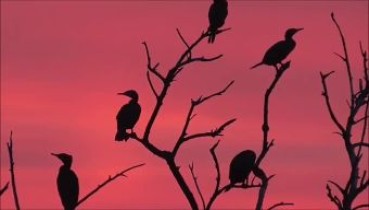 The great cormorant (Phalacrocorax carbo)56 views
The great cormorant (Phalacrocorax carbo)56 views 30 Adorable Photos Of Fruits And Vegetables That Seem To Have Come Alive2334 views
30 Adorable Photos Of Fruits And Vegetables That Seem To Have Come Alive2334 views Sexy Wounded War Veterans Show They’re Confident Enough To Be Hot Models1667 views
Sexy Wounded War Veterans Show They’re Confident Enough To Be Hot Models1667 views
Advertisements



